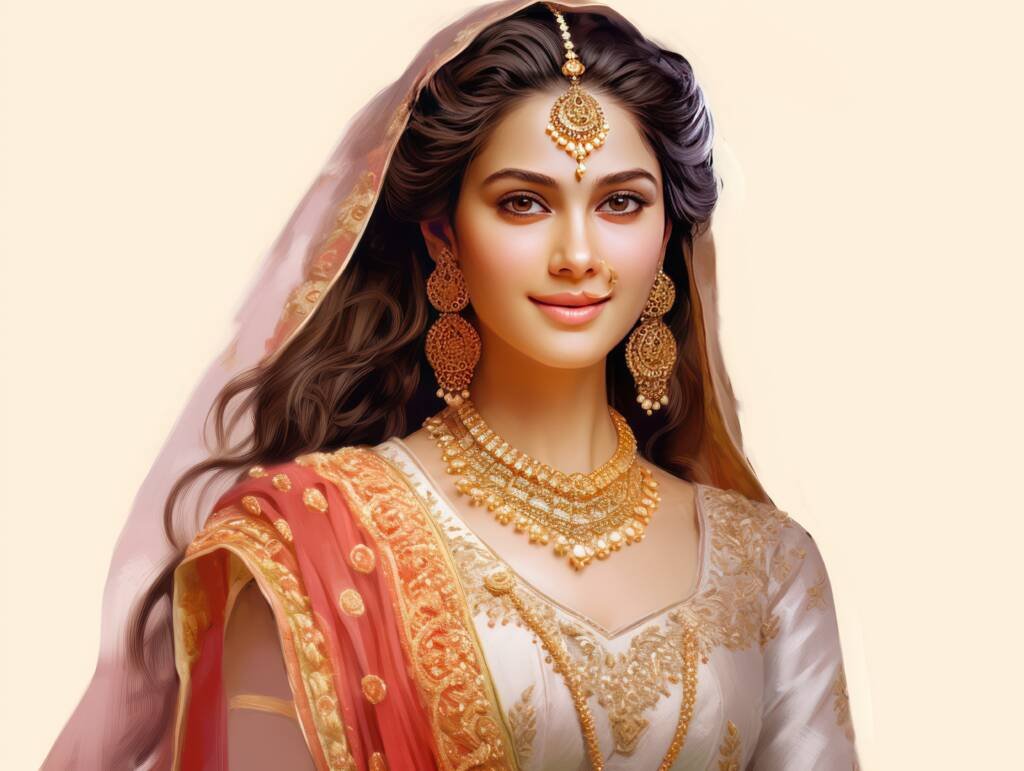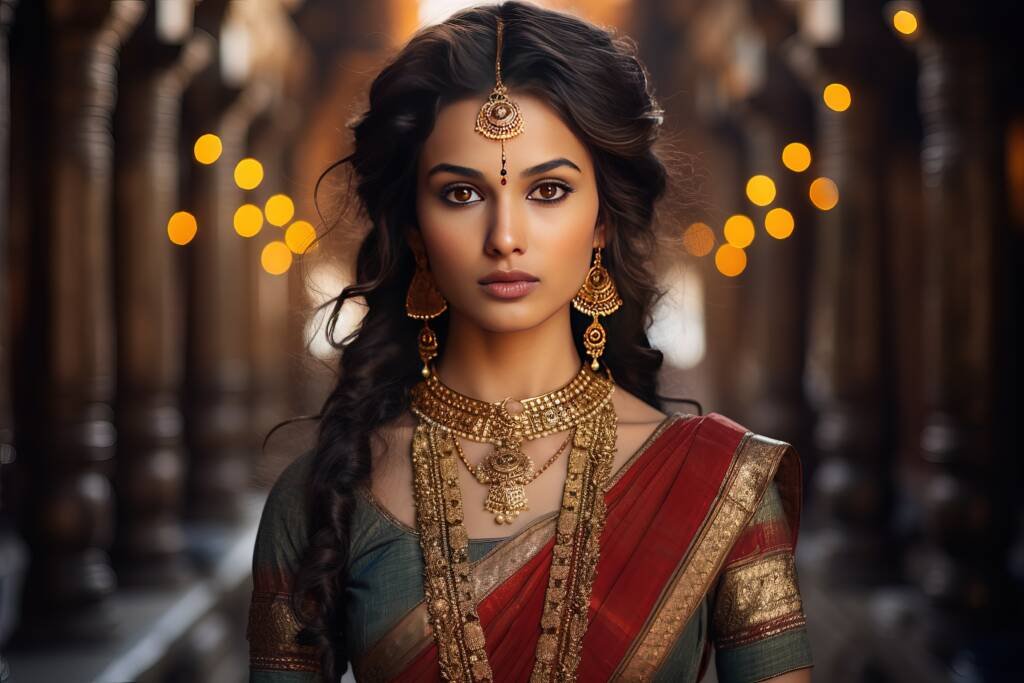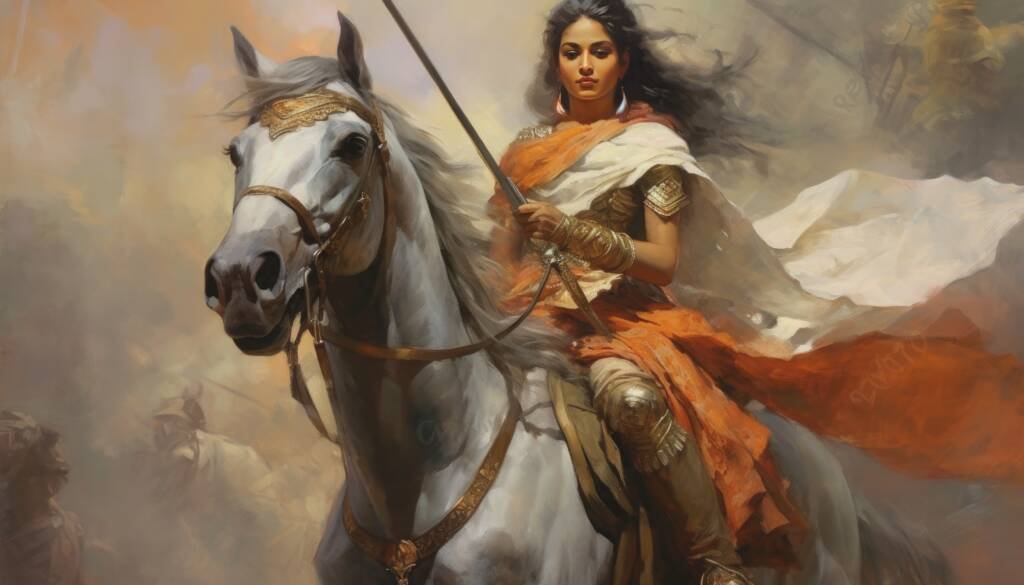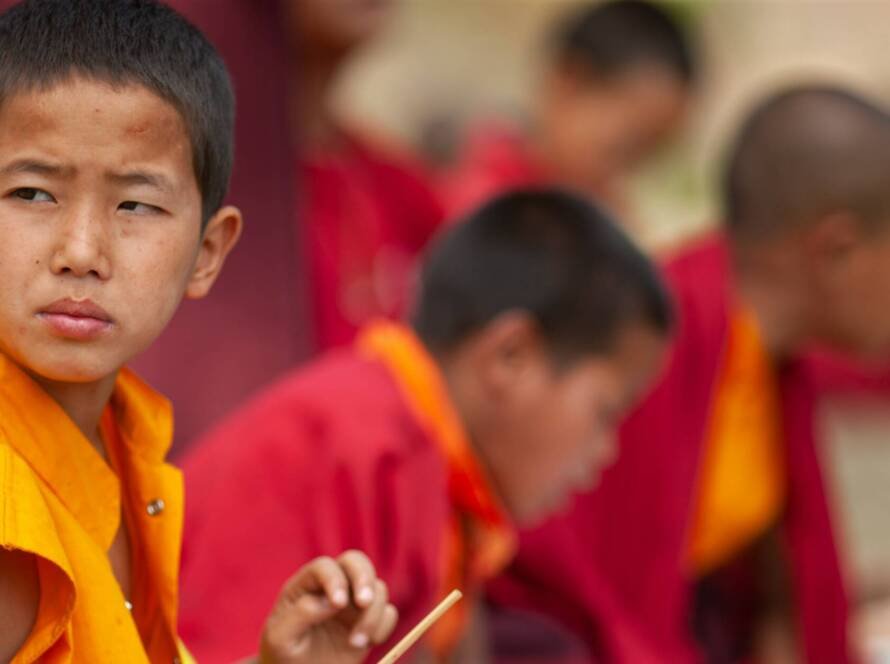Ancient India, with its profound historical and cultural heritage, provides a captivating portrait of women’s roles and contributions to society. Across various periods, women in ancient India played crucial roles, shaping family life, contributing to cultural development, and participating in intellectual and economic activities. From their involvement in Vedic rituals to their diverse professions, the story of women in ancient India reflects a dynamic interplay of tradition and change.
During the Vedic period (c. 1500–500 BCE), women were actively engaged in religious and intellectual life. The Vedic texts, including the Rigveda, acknowledge women’s participation in rituals and their pursuit of education. Prominent female figures such as Gargi Vachaknavi and Maitreyi stand out for their intellectual achievements. Gargi’s philosophical dialogues with sage Yajnavalkya are renowned for their depth, while Maitreyi’s discussions on metaphysical subjects showcase the significant role women played in shaping early Indian thought. These women were not only participants but key contributors to the philosophical and spiritual discourses of their time.


As Indian society evolved, so did the roles and status of women. Despite societal restrictions, women in ancient India engaged in various professions and activities that extended beyond traditional roles. In domestic settings, they were involved in crafting textiles, pottery, and other artisanal work, contributing significantly to their families’ economic stability. Additionally, historical evidence and texts suggest that women participated in trade and commerce, managing family businesses and contributing to economic activities.
The presence of female rulers and influential figures further underscores women’s diverse roles in ancient Indian society. For example, Queen Chandragupta Maurya of the Maurya Empire wielded significant political power and influence, reflecting women’s capacity for leadership and governance. Rani Durgavati of Gondwana is celebrated for her military leadership and administrative acumen, demonstrating the diverse avenues through which women impacted their societies.
The role of women in ancient India also extended to intellectual and cultural contributions. Female scholars and poets contributed to the rich tapestry of Indian literature and thought. The literary works produced by women during this period reflect their active engagement in cultural and intellectual life, influencing the development of arts and philosoph

Overall, the roles of women in ancient Indian society were diverse and multifaceted. Their involvement in religious rituals, intellectual pursuits, domestic crafts, and governance highlights the complexity of their contributions. The evolving portrayal of women across different periods of Indian history reflects broader changes in social attitudes and norms, offering a nuanced perspective on gender dynamics.
By recognizing and appreciating the varied roles and contributions of women in ancient India, we gain a deeper understanding of the intricate fabric of ancient society and the evolving nature of gender relations throughout history. The legacy of these women, through their diverse engagements and achievements, continues to inspire and resonate in the cultural and historical consciousness of India today.



